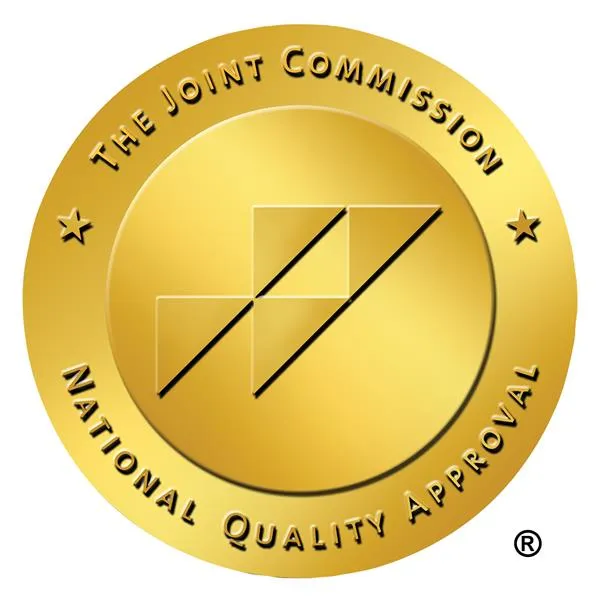Nurses are part of the critical workforce that helps keep people safe amid natural disasters and emergency situations. According to the National Centers for Environmental Information (NCEI), between 1980 and April 2025, there have been 403 confirmed weather- or climate-related disaster events in the US. Each one of these events led to losses exceeding a whopping US$1 billion.
And as the number of natural and environmental disasters continues to rise, the need for healthcare professionals to be armed with the knowledge and skills to respond to them is also heightened. In such events, resources are limited and situations are challenging, which is why nurses need to understand the role they play in immediate care and recovery.
This article examines the responsibilities of nurses in disaster response and emergencies to ensure community safety. It also offers valuable recommendations that nurses can implement to effectively prepare for and carry out their duties during critical situations.
The role of nurses in disasters and emergencies
Nurses are typically tasked with doing the following important assignments during disasters and emergencies:
- Rapidly perform triage, which deals with assessing and categorizing patients according to the severity of their conditions and the order in which they will be provided care and treatment.
- Implement basic first aid
- Conduct documentation
- Performs mental health assessments and first aid
Disaster and emergency response tips for nurses
Communicate clearly, concisely, and compassionately
During high-stress situations such as emergencies and natural disasters, communicating effectively is of utmost importance, especially when it comes to patient care. Speak clearly and confidently, and avoid using medical jargon as well as filler words.
Although emergencies call for quick communication to verify essential health information and assess patient conditions, it’s important to express compassion and kindness to patients via nonverbal communication, such as being mindful of your tone of voice, using non-threatening body language, and maintaining eye contact. This can help establish trust and relieve anxiety, especially when patients are in distress.
Listen actively
Active listening is another essential skill to have during emergencies and natural disaster situations. By listening actively, which involves not just hearing verbal words but also observing tone of voice and body language, you’ll be able to follow instructions from doctors and other healthcare professionals more accurately and swiftly, as well as better understand patients and their conditions.
Be prepared
The best way to tackle any situation is to prepare for it. Nurses must participate in disaster and emergency preparedness activities, such as emergency drills and disaster simulations, to gain a more holistic understanding of what such situations entail and what they need to do to facilitate safe and efficient patient care activities.
It’s also important for nurses to undergo field training that can help them gain fundamental skills in conducting health assessments, providing first aid, and coordinating with other healthcare professionals.
Document regularly and accurately
Don’t forget to document all the patients you assess. Write down airway, breathing, circulation, and neurological assessment findings. Make sure to regularly update your patients’ charts (once every hour for non-urgent cases, and as frequently as every 5 to 10 minutes for critical cases). Proper documentation can facilitate continuity of care once patients are transferred to other facilities.
We trust that these recommendations will assist you in preparing for high-stress situations.

